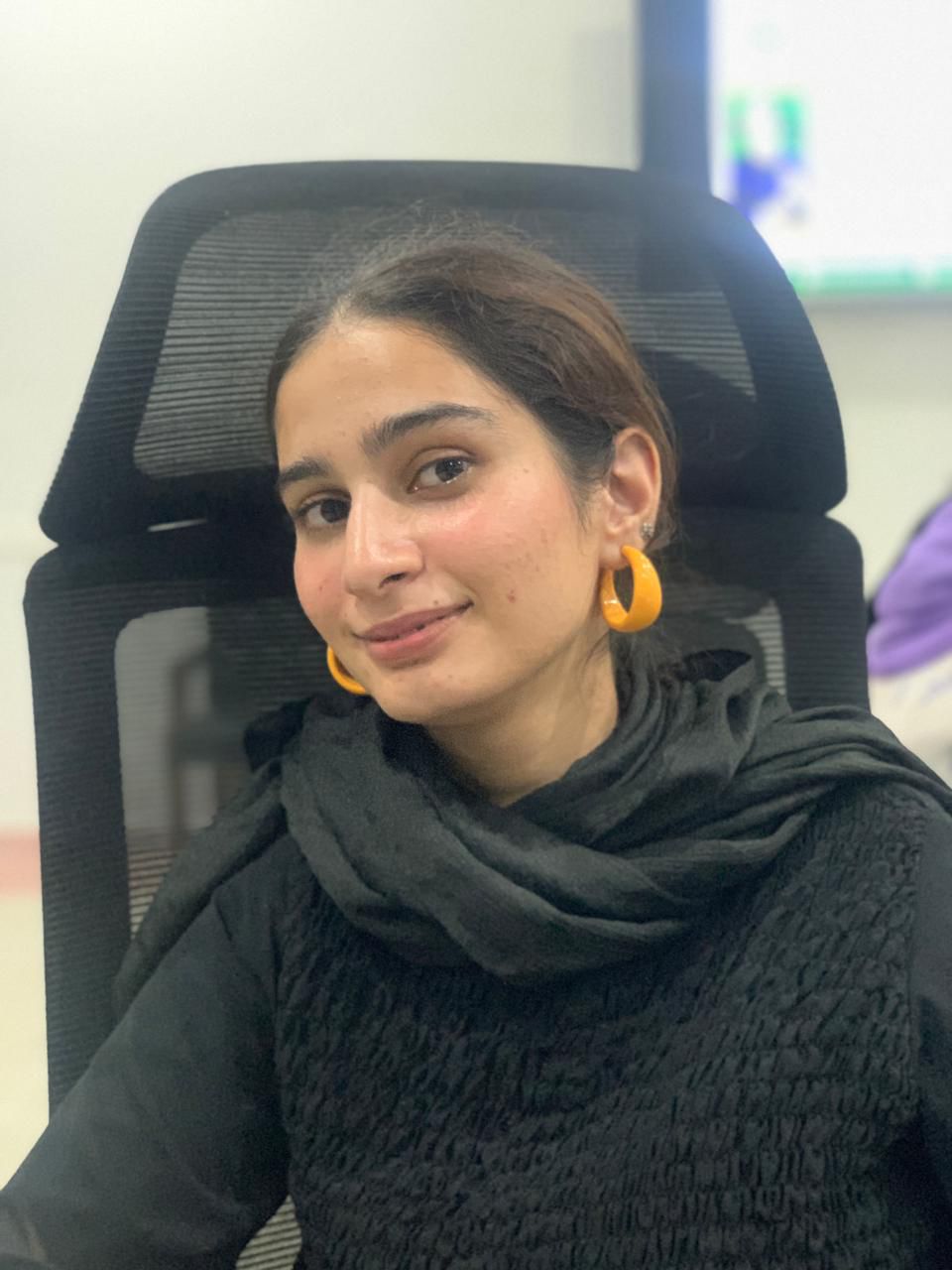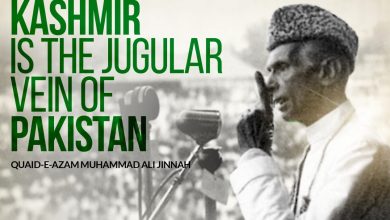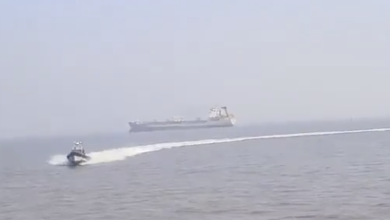Article: November 6: The Disremembered Memory of Kashmir’s Silent Genocide
By Syeda Fatima Gardazi
 Each year, November 6 passes almost unmarked by the world, yet for Kashmiris, it is a date that ripples through their consciousness—a day steeped in trauma, in loss, and in the unsettling feeling of being erased. The events of November 6, 1947, in Jammu mark one of South Asia’s largest, yet least recognized, acts of ethnic cleansing. Unlike the memorialized horrors of Partition, this event has remained a disremembered memory, a tragedy both concealed and confined within the borders of Kashmir, as if forgetting a massacre could erase its scars. The tragedy of November 6 is not only the crime itself but the subsequent collective amnesia imposed on it—a kind of ‘memory genocide,’ wherein the systematic erasure of a people is mirrored by the erasure of their suffering from the global conscience.
Each year, November 6 passes almost unmarked by the world, yet for Kashmiris, it is a date that ripples through their consciousness—a day steeped in trauma, in loss, and in the unsettling feeling of being erased. The events of November 6, 1947, in Jammu mark one of South Asia’s largest, yet least recognized, acts of ethnic cleansing. Unlike the memorialized horrors of Partition, this event has remained a disremembered memory, a tragedy both concealed and confined within the borders of Kashmir, as if forgetting a massacre could erase its scars. The tragedy of November 6 is not only the crime itself but the subsequent collective amnesia imposed on it—a kind of ‘memory genocide,’ wherein the systematic erasure of a people is mirrored by the erasure of their suffering from the global conscience.
In 1947, as Partition cast violent shadows across the subcontinent, Jammu witnessed a massacre so severe that estimates placed the death toll upwards of 200,000 to 250,000 Muslims, with thousands of others forced from their homes. Official accounts are sparse, kept deliberately vague or omitted entirely. The historical records that survive are fragmented, told through personal testimonies, whispered family histories, and narratives passed down as a means of survival. But while the event might be fragmented, the impact on Kashmir’s collective psyche has been profound—yet the trauma remains trapped in an undocumented limbo, almost as if the bloodshed of that day was too inconvenient to remember.
What is singularly haunting about this massacre is that it was not just an act of violence but a strategic attempt to permanently alter the demographic and cultural fabric of Jammu. Entire villages were emptied, often obliterated, to create a new reality for Kashmir. This wasn’t merely an atrocity; it was a weaponized act of forgetting, an attempt to not only kill but to erase the very idea of a people, to unmake a place and its history. And so, the massacre of November 6 is both a physical and an existential tragedy—a day when Kashmir lost not only lives but a part of its identity. These barbaric acts started on 14 October, the RSS activists and the Akali attacked various villages of Jammu district—Amrey, Cheak, Atmapur and Kochpura—and after killing some Muslims, looted their possessions and set their houses on fire. There was mass killing of Muslims in and around Jammu city. The state troops led the attacks. The state officials provided arms and ammunition to the rioters. The administration had demobilized many Muslim soldiers in the state army and had discharged Muslim police officers. Most of the Muslims outside the Muslim-dominated areas were killed by the communal rioters who moved in vehicles with arms and ammunition, though the city was officially put under curfew. It is said that the Ramnagar reserve in Jammu was littered with the dead bodies of Muslim men, women and children. . In the Muslim localities of Jammu city, Talab Khatikan and Mohalla Ustad, Muslims were surrounded and were denied water supply and food. The Muslims in Talab Khatikan area had joined to defend themselves with the arms they could gather, and later received support from the Muslim Conference. They were eventually asked to surrender and the administration asked them to go to Pakistan for their safety. These Muslims who wanted to go to Sialkot, in thousands, were loaded in numerous trucks and were escorted by the troops in the first week of November. When they reached the outskirts of the city, they were pulled out and killed by armed Sikhs and RSS men, while abducting the women.
Reports of large-scale massacres of Muslims in the Udhampur district, particularly in proper Udhampur, Chenani, Ramnagar, Bhaderwah and Chhamb, Deva Batala, Manawsar and other parts of Akhnoor with many people fleeing to Pakistan or moving to Jammu. In Kathua district and Billawar area, there was extensive killing of Muslims with women being raped and abducted
In the aftermath, the world remained silent. And perhaps more unsettling is that this silence has deepened with time, creating a profound rupture in the historical record of Kashmir. Unlike other mass atrocities that have drawn global attention, Jammu’s massacre has no established memorial, no space in the annals of officially acknowledged genocides. This enforced forgetting has resulted in what may be called “cultural oblivion”—a condition where collective trauma endures within a people while being systematically erased in history.
Why does the world turn a blind eye to November 6, to the mass graves that echo with the voices of Kashmir’s forgotten? It’s not just political complexity or international fatigue; it’s willful ignorance. The voices of those who survived and those who bear their memory are repeatedly muffled, drowned by the louder clamor of state interests, strategic alliances, and the narrative war over who “owns” Kashmir. For the international community, Kashmir is just another flashpoint—a conflict to be managed, not resolved.
But this silence does more than erase history; it empowers repression. When the world refuses to acknowledge atrocities, it creates the conditions for them to happen again. And Kashmiris are living proof of this cycle. The echoes of November 6, 1947, reverberate today as Kashmiris face new forms of disenfranchisement and brutal crackdowns that mirror the same tactics of violence and control.
What November 6 asks of us isn’t just to remember the forgotten. It demands that we refuse to ignore the present. To honour those who perished in 1947 is to recognize that their struggle for justice, dignity, and self-determination didn’t end with their lives; it continues today, alive in the heart of every Kashmiri who yearns for a life free from fear.
This November 6, let the world look beyond the headlines and examine its role as a silent witness. For every year that the story of Jammu’s massacre goes untold, we edge closer to forgetting not just a tragedy but a fundamental truth about justice. Because in the end, the history of Kashmir isn’t written just by those who live it—but by those who choose to remember.
Syeda Fatima Gardazi is a student of International Relations at the National Defence University Islamabad and an intern at the Kashmir Institute of International Relations.








